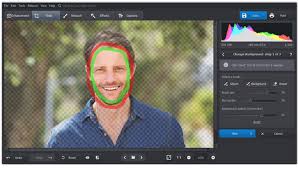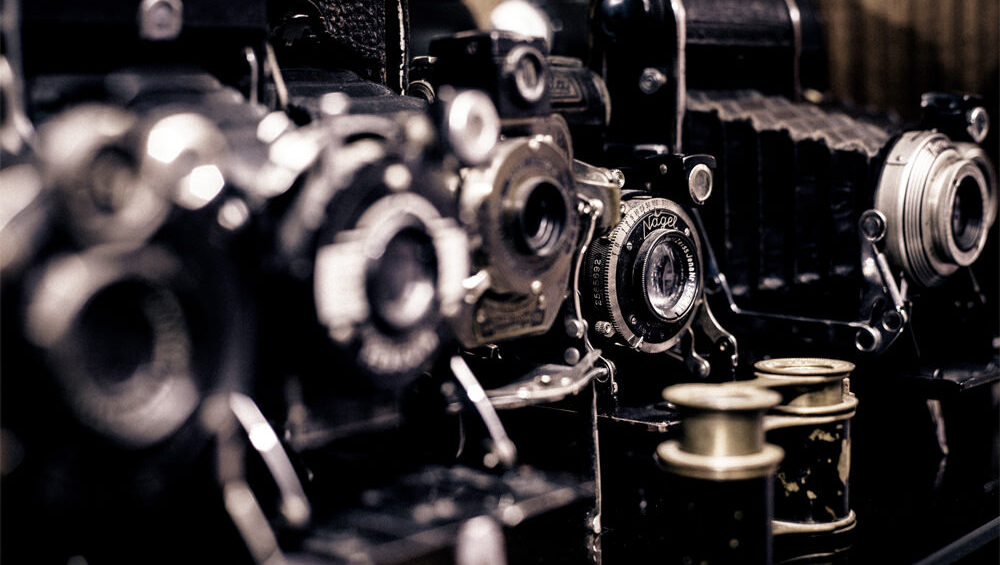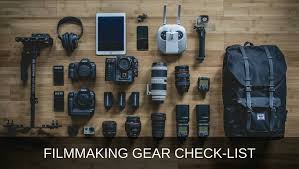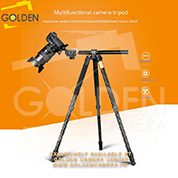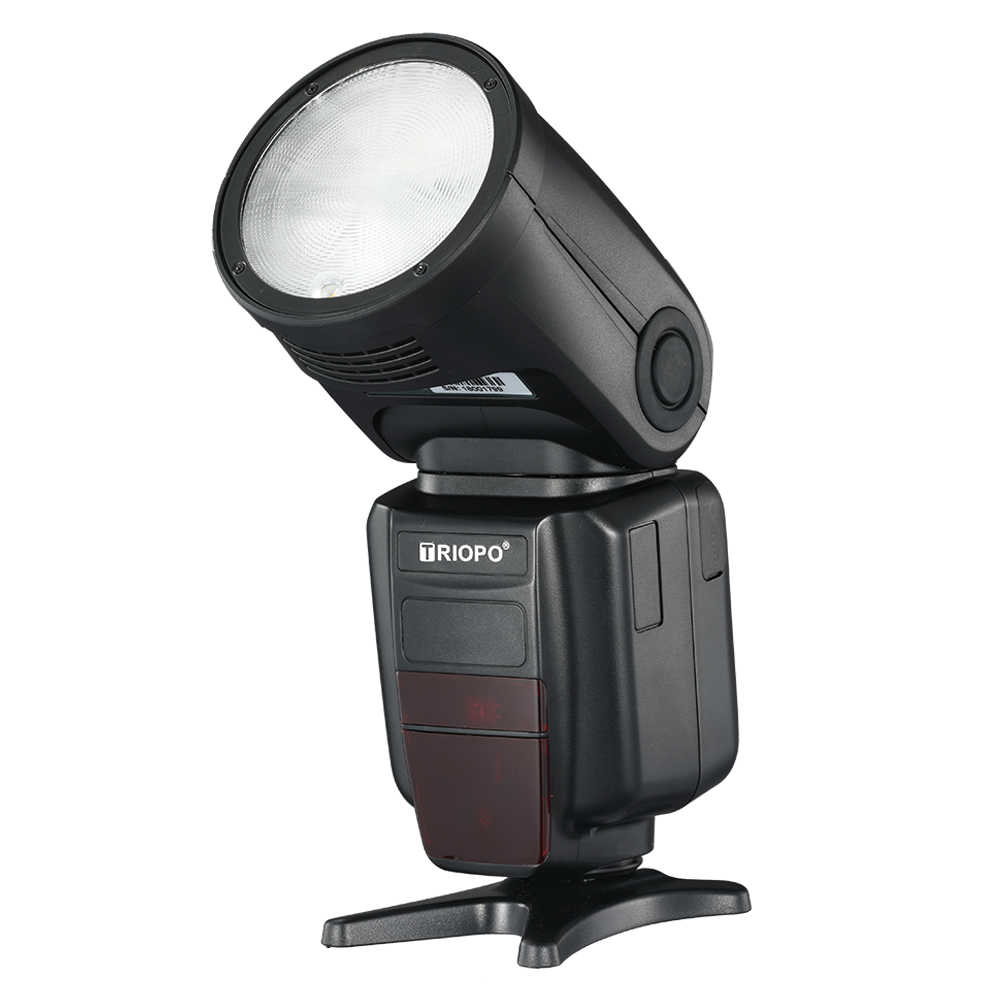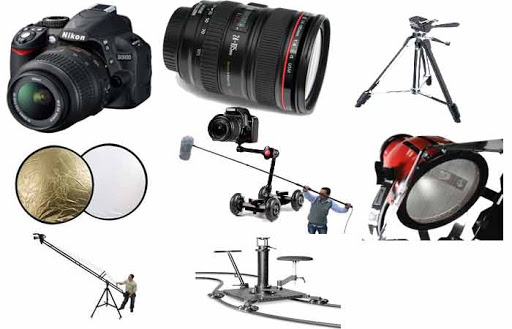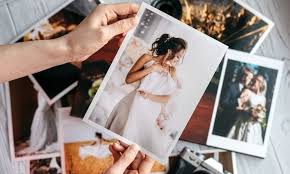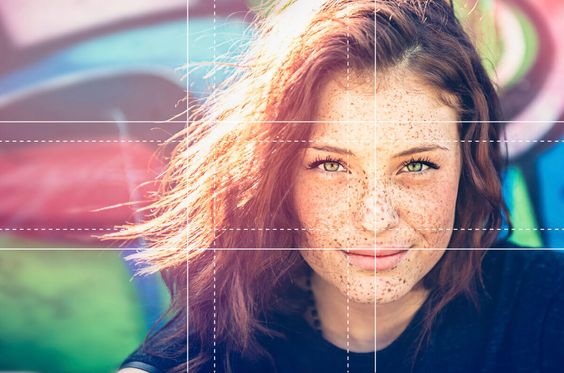
Creative Photography You Can Do At Home
There is nothing better to practice photography skills at-home. There are lots of ideas you can experiment with, and with some basic equipment, you can really work wonders. Let’s get into it and discover some creative photography ideas you can work on at home, and work into a series of images.
Photographing water Droplets
This is a classic project that you can try at home. It is also relatively simple to set up, though you will need some specialized photographic equipment.
The equipment needed here includes a camera with a macro lens, a tripod, and an off-camera flash. You will then need to set up a location where you can drip water into a bowl of water.
Food photography
Everyone loves to practice food photography, especially when the food looks amazing! This genre is huge, and potentially lucrative, as the images you take could be sold as stock.
So what are some of the things that can lead to successful food photography in the home? Take a look at this list, but for a more detailed guide take a look at this article.
Lighting – This is key to good food photography. Natural light such as window sidelight works well. If you use off-camera flash, the light should come from behind the food, but be sure to reflect the light back to avoid shadows in your photo.
Backdrop – Standard still life backdrops like photographing the food in a light box can be effective. Otherwise, make sure the background provides context to the food you wish to photograph.
Food layout – Make sure your food is well presented. The best professional food photographers use food stylists, so see how you can produce something with style. The use of repeating elements is one potential solution here.
Lensball light painting
A lot of Lensball photography will be carried outdoors, however, the Lensball is an excellent still-life object too.
One popular indoor project for Lensball photographers is light painting. You will need a dark room, tripod, and sheet of glass to go on the table as your initial setup.
Freezing Objects in ice
A fun project to try when you have a bit of time at home is freezing objects in ice. You will need a few days to complete each photo since there is a process involved in freezing an object. The main thing you need to achieve is getting the object to freeze in the middle of the block of ice.
Still life photography
Once again, this is a huge genre in photography. The most professional photos will always have good lighting.
This style of photography could dovetail nicely with another hobby you may have. For instance, if you’re a quilter, photographing your finished product is a great idea.
If you want to get the best out of your still life photography then you can learn more by reading this article.
Mixing oil and water
Another of the at-home creative photography ideas involves getting into the science vibe with a bit of hydrophilic and hydrophobic action.
That’s mixing oil and water and then photographing the resultant oil “bubbles.”
Learn a new post-processing skill
One of the more obvious candidates for at-home creative photography ideas is post-processing.
Everyone knows this is a vital aspect of photography, it’s basically the new darkroom. Yet investing time in learning new post-processing skills when you’d rather be outside photographing? Well, if you have to be inside, then learning some new post-processing skills is a great idea!
Digital blending – A great technique to learn for landscape photographers, you’ll learn some key Photoshop skills like layer masking through learning this procedure.
Cloning – Whether it’s cloning an object out of the image, or cloning yourself multiple times, this is a great skill to learn.
Sharpening and softening – An essential skill for portrait photographers to learn. Sharpen the eyes and soften the skin for best results.
Which of these at-home creative photography ideas will you take on?
With time at home, it’s a great chance to take up an indoor photography project. Have you ever tried any of these at-home creative photography ideas yourself?
As always, please leave your thoughts and comments below, and if you have any query please contact us.


